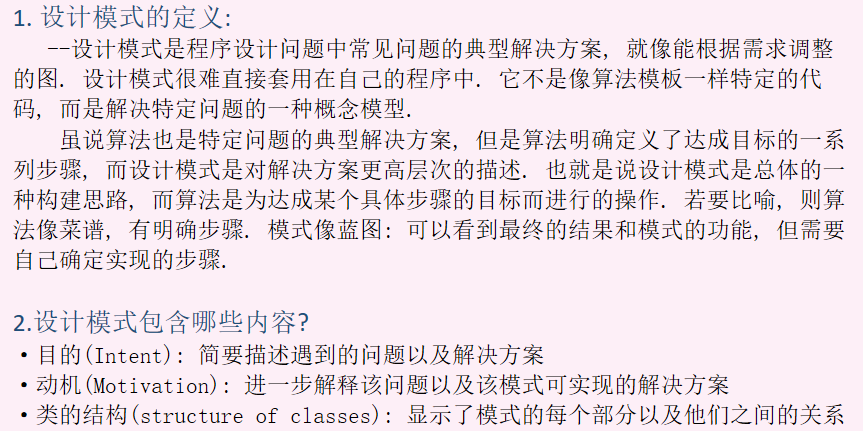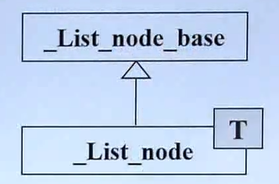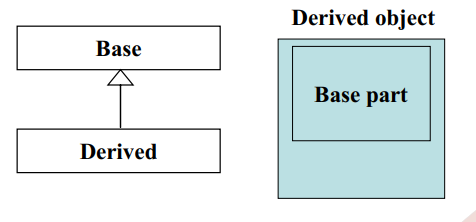C++设计模式 | 三种设计模式基础

(1) Composition(复合) 设计模式: have-a
以STL中的queue为例:
queue依托于双端队列deque来实现, 用UML图可表示为:

template <class T, class Sequence = deque<T> >
class queue {
...
protected:
Sequence c; // 底层容器
public:
// 以下完全利用 c 的操作函数完成
bool empty() const { return c.empty(); }
size_type size() const { return c.size(); }
reference front() { return c.front(); }
reference back() { return c.back(); }
// deque 是两端可进出,queue 是先进先出
void push(const value_type& x) { c.push_back(x); }
void pop() { c.pop_front(); }
};
像这样 一个对象依托于另一个对象来实现 为复合设计模式
在复合设计模式下:
构造由内而外:
Container::Container(……): Component() { …… } ;
(Container的构造函数首先调用Component的default构造函数 然后才执行自己
析构由外而内:Container::~Container(……) { …… ~Component() } ;
(Container 的析构函数首先执行自己,然后才调用 Component 的
析构函数。 )
这样的构造和析构的顺序很大程度保证了复合模式的稳定.
(2)Delegation(委托) 设计模式: (Composition by reference)
通过指针来引用另一个实现的类:
UML图如下:

// file String.hpp
class StringRep;
class String {
public:
String();
String(const char* s);
String(const String& s);
String &operator=(const String& s);
~String();
...
private:
StringRep* rep; // point implementation
};
// file String.cpp
#include "String.hpp"
namespace {
class StringRep {
friend class String;
StringRep(const char* s);
~StringRep();
int count;
char* rep;
};
}
String::String() { ... }
...
对比于前一种复合设计模式 它的好处在于不受被委托类的影响 被委托类即便修改了某个成员函数名, 也不需要在发起委托的类上修改.
同时 String类的多个对象可以共享rep指针指向的对象 减少了内存的占用
(3) Inheritance(继承) is-a
UML图如下:

struct _List_node_base
{
_List_node_base* _M_next;
_List_node_base* _M_prev;
};
template<typename _Tp>
struct _List_node
: public _List_node_base // public继承
{
_Tp _M_data;
};
该模式即子类的对象包含有父类的成分:




 浙公网安备 33010602011771号
浙公网安备 33010602011771号